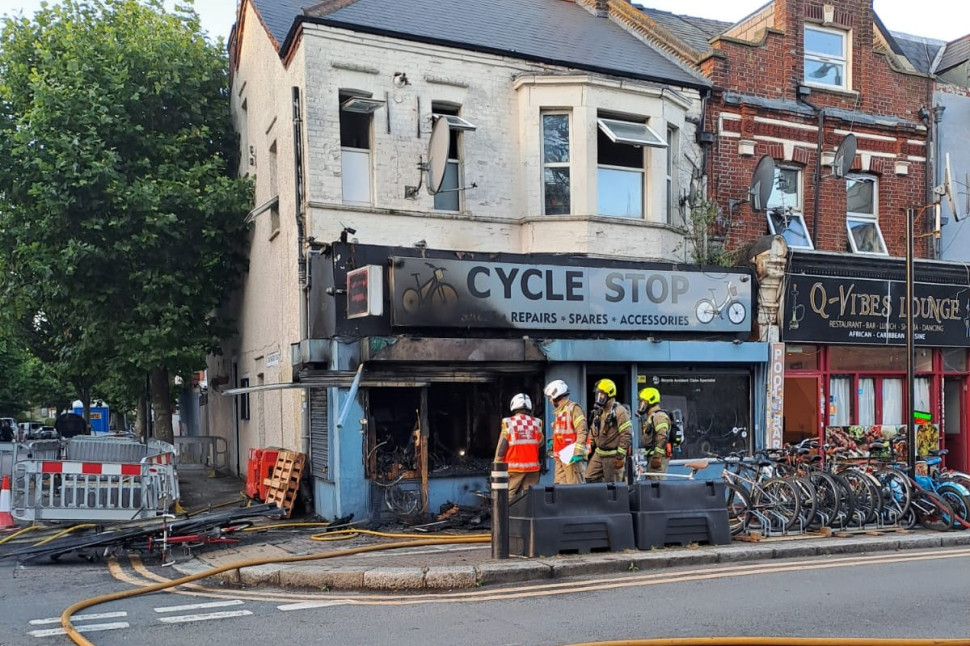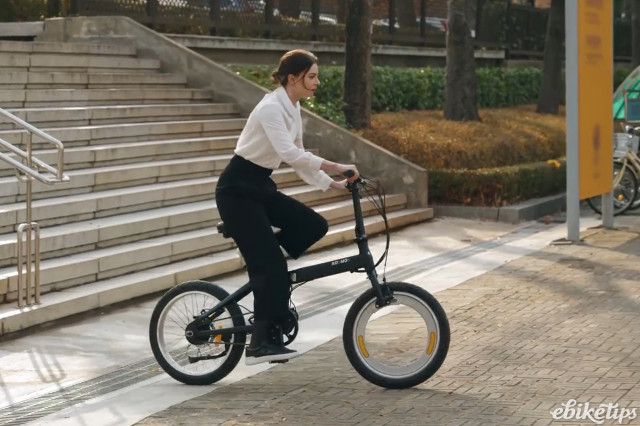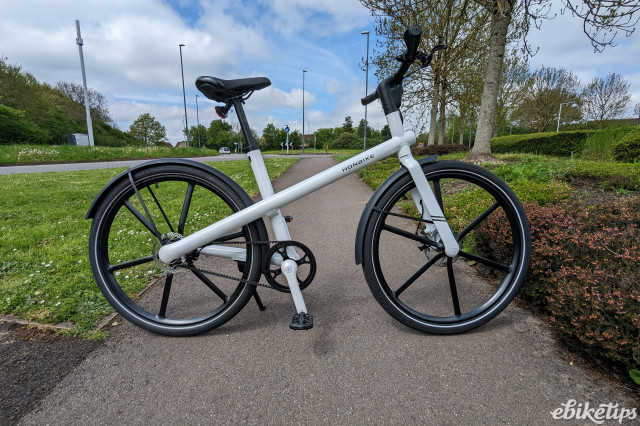Germany’s national organisation for standardisation, the Deutschen Institut für Normung (DIN), has introduced a new safety standard for e-bike battery cabinets. Among other things, this stipulates maximum permissible temperatures both inside and on the cabinet’s exterior and also demands the presence of an internal smoke detector.
Provided it’s well-designed, undamaged and the correct charger is used, the likelihood of an e-bike battery bursting into flames is very low. There is nevertheless growing awareness of such an eventuality – in large part due to widespread media coverage of fires caused by substandard products.
> Retailers refusing to work on unbranded and unknown battery packs
The DIN has responded to these growing concerns by introducing a safety standard for charging cabinets. Bike EU reports that products that pass the VDMA 24994 standard reduce the risk of a battery fire spreading to virtually zero.
“For cabinets that comply with this German standard, everything that happens inside the cabinet stays inside the cabinet,” explains Bart van de Broek of Dutch insurance firm, Nationale-Nederlanden.
“If a fire starts, the flames must not escape, and the harmful smoke gases must not enter the room where the cabinet is located.
“The exterior of the cabinet should not exceed 150°C. Why? If something is placed on top, it could catch fire due to the heat generated inside. If the cabinet performs as it should, it receives the certificate.”
To meet the standard, the temperature within the cabinet must not exceed 60°C – something that can happen when multiple batteries are charged at once.
The cabinet must also feature a smoke detector connected to a monitoring station with an external light that indicates the status within – green to say the cabinet can be safely opened, or red if there’s an emergency.
After Germany submitted a formal request, CENELEC, the European Committee for Electrotechnical Standardisation – an association that brings together the National Electrotechnical Committees of 34 European countries – is now investigating whether there is sufficient support to adopt the standard across the European Union.
A decision is expected within a couple of weeks – although it will take much longer for the standard to be implemented – not least because there are currently no manufacturers who can offer certified storage units.
According to van de Broek: “Earlier tests revealed several weaknesses in products from some manufacturers. While the VDMA sets the bar high, it’s necessary. Cabinets simply need to be strong enough. Now you see manufacturers actively working to ensure their products meet the standard. I’m confident that many will achieve certification, which could lead to market self-regulation, making a mandatory test standard unnecessary.”
As Bike EU points out, the ramifications could be significant. There have been reports that some insurers are declining cover for e-bike shops due to the perceived fire risk. The use of charging/storage cabinets meeting the VDMA 24994 standard could therefore become an insurance requirement for such businesses.








